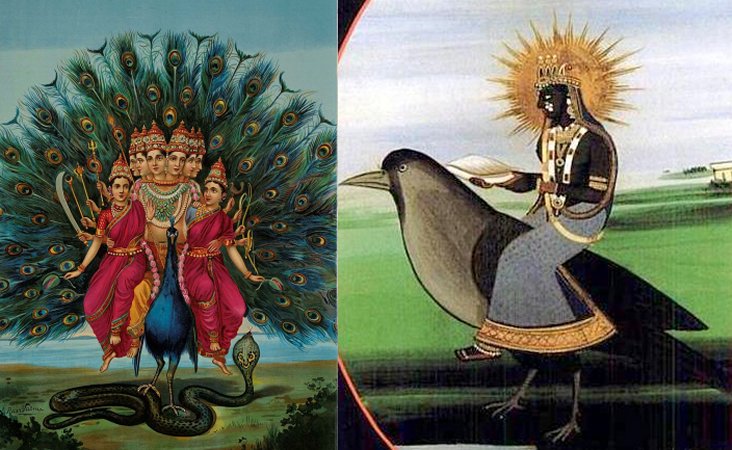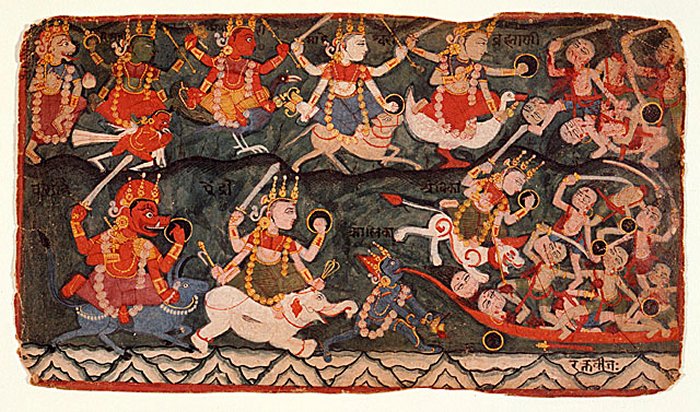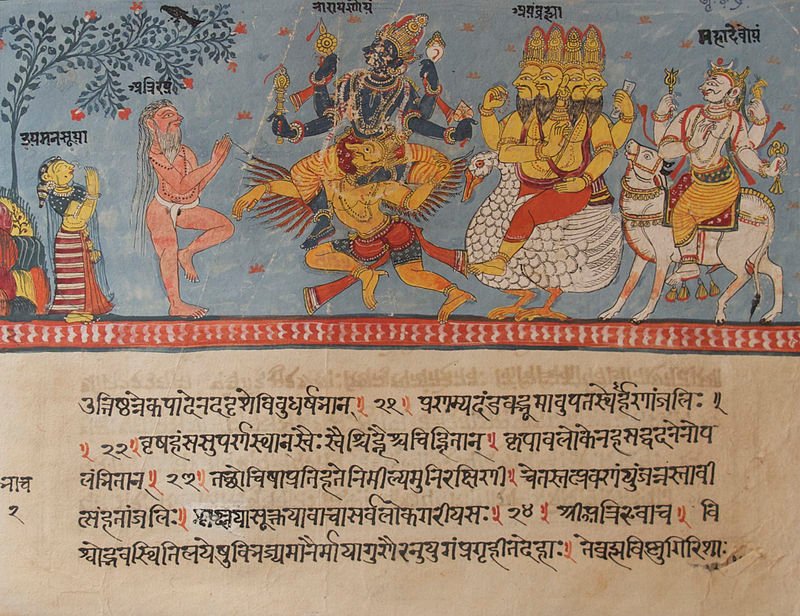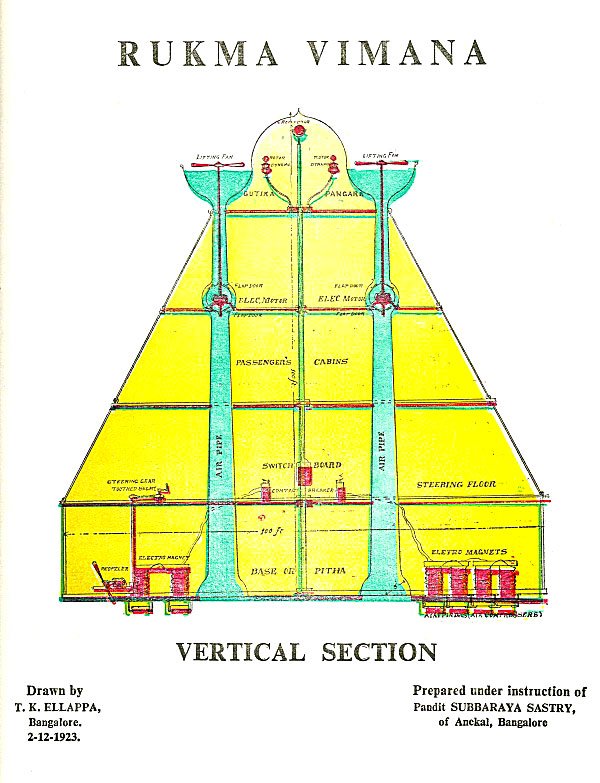Vahanas – Sacred Animal Vehicles Of Hindu Gods And Goddesses
Ellen Lloyd - AncientPages.com - The Vahanas are incredible animal vehicles of the Hindu gods and goddesses.
From Hindu mythology, we learn that each deity has an animal vehicle, a Vahana that they use to travel from one world to another. The Vahanas are similar to modern-day vehicles and suitable for travel by air, land, water, or even interstellar travel. Still, they should not be confused with the Vimanas, ancient flying machines in Vedic literature.
The Vahanas Are Divine Carriers And Must Be Respected
The literal meaning of the word ‘Vahana’ is ‘that which carries, that which pulls’, ( Sanskrit: “mount” or “vehicle”). Animal images and symbols are very common in the Rig Veda. In ancient Vedic literature, there are references to the cow, bull, horse, eagle, and many other animals. The deities have their respective animal or mount that are used to travel long or short distances and these are animals are the Vahanas.
Left: Peacock - Kartikeya (peacock named Parvani, pictured), Kaumari. Credit: Public Domain - Right: Crow - Shani (planet Saturn in vedic astrology), Alakshmi, Dhumavati (pictured). Credit: Public Domain
The Sun God, Surya, mounts on a golden chariot, pulled by seven white horses. Brahma, the God of creation, travels all over outer space on a swan. Agni, the Fire God, rides upon a ram, and so on.
The Vahanas are sacred and must be respected. Each vehicle is very different and of divine nature, because it is forever in contact with the gods and goddesses it serves.
Vahanas Are Vehicles With Deep Spiritual Significance
According to Hindu mythology deities possess the ability to be in any part of the Universe in an instant. If Gods are omniscient and omnipresent, why do they need vehicles to transport themselves from one place to another?
All Hindu deities had a Vahana. The eight Matrikas riding different Vahanas like (top row, second from left to right) Garuda, a peacock, Nandi bull, a hamsa (goose/swan); (bottom row, from left) buffalo, elephant, and lion. Image credit: Wikipedia
To answer this question, we must understand the purpose of the Vahanas. The vehicles have symbolic meaning and represent the status and strength of the deities. For example, Indra the Storm God, carries thunderbolts as his weapons and is also a bringer of rains. Indra's Vahana is a great white elephant called Airavata that is often depicted with four tusks. Indra’s Airavata gives strength to Indra’s status as a fearsome and powerful warrior. God Indra is also often depicted riding Uchchaihshravas, a seven-headed flying white horse, similar to Sleipnir, the horse of Norse God Odin.
The Vahanas participate in the wars of the gods and goddesses and they also have a role and purpose in creation. They help the deities to uphold Dharma by performing several obligatory and secondary duties. Sometimes the Vahanas engage in their own battles against each other.
A Bhagavata Purana manuscript page depicting the story of Atri and Anasuya meeting the Trimurti riding on their respective Vahanas. Image credit: Wikipedia
They are considered to be of divine nature and they are worshipped. There are many statues of various Vahanas in Hindu temples and these beings are considered to be secondary deities.
Difference Between Vahanas And Vimanas
Vahanas should not be mixed up with Vimanas that are ancient flying machines described in many ancient texts like Yajurveda, Mahabharata, Samarangana Sutradhara, Rigveda, Ramayana, and even older ones.
Drawing of a vertical section of a Vimana described on Ramayana, one of the two great epics of Hinduism. Credit: T. K. Ellapa - CC BY-SA 3.0
Both the Vahanas and Vimanas are capable of traveling in the air, water, but the concept is different. Vimanas, of various shapes and sizes and with two or more engines, were sophisticated flying machines equipped with deadly weapons, and though they were used for ordinary travel and transports, their main purpose was warfare.
They flew with the “speed of the wind” and gave forth a “melodious sound”. Some Vimanas were saucer-shaped while others were cigar-shaped. The Vimanas – often described as shining flying cars, or celestial cars – were kept in a “Vimana Griha”, a type of hanger.
Vahanas could also be used for warfare, but they were regarded as divine carriers and symbols of the Hindu gods and goddesses.
Updated on June 29, 2022
Written by - Ellen Lloyd – AncientPages.com
Copyright © AncientPages.com All rights reserved. This material may not be published, broadcast, rewritten or redistributed in whole or part without the express written permission of AncientPages.com
Expand for referencesGanga Ram Garg - Encyclopaedia of the Hindu World
Dr. Steve Esomaba - The Book Of Life Knowledge And Confidence
More From Ancient Pages
-
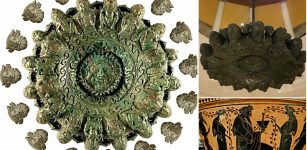 Etruscan Beautiful Bronze Lamp of Cortona – Studied
Artifacts | Apr 10, 2024
Etruscan Beautiful Bronze Lamp of Cortona – Studied
Artifacts | Apr 10, 2024 -
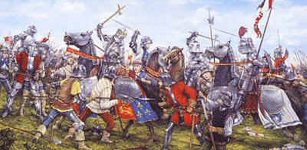 On This Day In History: The Battle of Blore Heath – Sep 23, 1459
News | Sep 23, 2015
On This Day In History: The Battle of Blore Heath – Sep 23, 1459
News | Sep 23, 2015 -
 Patasola: Hideous One-Legged Female Vampire Who Kills Driven By Hatred In Colombian Folklore
Featured Stories | Jul 26, 2019
Patasola: Hideous One-Legged Female Vampire Who Kills Driven By Hatred In Colombian Folklore
Featured Stories | Jul 26, 2019 -
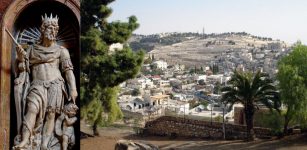 The City Of David – Why Is It So Controversial?
Biblical Mysteries | Jan 9, 2019
The City Of David – Why Is It So Controversial?
Biblical Mysteries | Jan 9, 2019 -
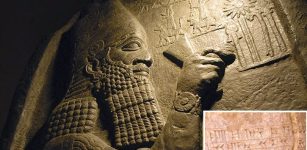 Clay Tablets Of Assyrian ‘King Of The World’ Esarhaddon Found Beneath Biblical Tomb Of Jonah
Archaeology | Mar 1, 2018
Clay Tablets Of Assyrian ‘King Of The World’ Esarhaddon Found Beneath Biblical Tomb Of Jonah
Archaeology | Mar 1, 2018 -
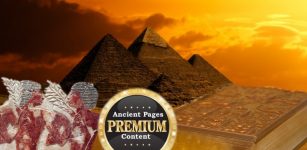 The Great Pyramid And Ancient Egyptian Knowledge Shed Light On Biblical Mysteries – Resurrection Of The Flesh – Part 1
Featured Stories | Nov 25, 2019
The Great Pyramid And Ancient Egyptian Knowledge Shed Light On Biblical Mysteries – Resurrection Of The Flesh – Part 1
Featured Stories | Nov 25, 2019 -
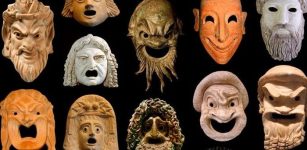 Ancient Greeks Regret Inventing The Theater – But Why?
Ancient History Facts | Jul 26, 2018
Ancient Greeks Regret Inventing The Theater – But Why?
Ancient History Facts | Jul 26, 2018 -
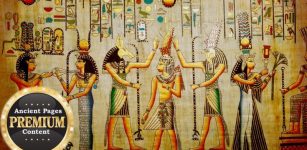 Was Ancient Egyptian Science Inherited From A Lost Atlantean Civilization?
Civilizations | Sep 4, 2017
Was Ancient Egyptian Science Inherited From A Lost Atlantean Civilization?
Civilizations | Sep 4, 2017 -
 LIDAR Discovers Lost Ancient Cities Older Than Any Known Complex Amazonian Society
Archaeology | Jan 12, 2024
LIDAR Discovers Lost Ancient Cities Older Than Any Known Complex Amazonian Society
Archaeology | Jan 12, 2024 -
 A 2,500-Year-Old Planned City In Tarighat, Chhattisgarh, India
Civilizations | Oct 8, 2014
A 2,500-Year-Old Planned City In Tarighat, Chhattisgarh, India
Civilizations | Oct 8, 2014 -
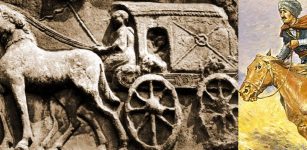 Struggle To Get Mail On Time Has Lasted More Than 5,000 Years – Part 1
Featured Stories | Jul 30, 2017
Struggle To Get Mail On Time Has Lasted More Than 5,000 Years – Part 1
Featured Stories | Jul 30, 2017 -
 The Iron Man In The Kottenforst And Other Puzzling Ancient Artifacts Of Unknown Origin And Purpose
Featured Stories | Mar 10, 2014
The Iron Man In The Kottenforst And Other Puzzling Ancient Artifacts Of Unknown Origin And Purpose
Featured Stories | Mar 10, 2014 -
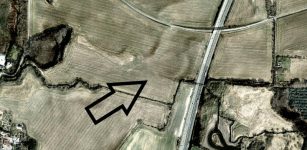 Archaeologists Uncover Secrets Of ‘Vallø Borgring’ Viking Age Circular Fortress
Archaeology | Oct 11, 2015
Archaeologists Uncover Secrets Of ‘Vallø Borgring’ Viking Age Circular Fortress
Archaeology | Oct 11, 2015 -
![Horses in the Eurasian steppes: Already 5000 years ago, they served pastoralists as a source of milk and a means of… [more] © A. Senokosov](https://www.ancientpages.com/wp-content/uploads/2021/09/pastoraliststeppe15-307x150.jpg) Milk Enabled Massive Steppe Migration – A New Study
Archaeology | Sep 24, 2021
Milk Enabled Massive Steppe Migration – A New Study
Archaeology | Sep 24, 2021 -
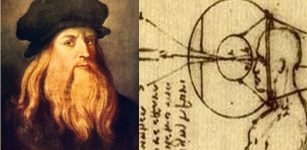 Did Leonardo Da Vinci Invent Contact Lenses In 1508?
Ancient Technology | Dec 10, 2015
Did Leonardo Da Vinci Invent Contact Lenses In 1508?
Ancient Technology | Dec 10, 2015 -
 Unlocking The Secrets Of The Ancient Coastal Maya
Archaeology | Jul 8, 2022
Unlocking The Secrets Of The Ancient Coastal Maya
Archaeology | Jul 8, 2022 -
 3,500-Year-Old Stone Inscribed With A Curse Against The City’s Governor Discovered In Jerusalem
Archaeology | Jul 13, 2022
3,500-Year-Old Stone Inscribed With A Curse Against The City’s Governor Discovered In Jerusalem
Archaeology | Jul 13, 2022 -
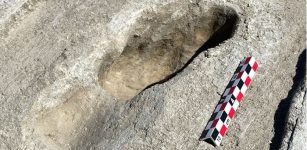 88 Ice Age Human Footprints In Utah Desert Shed New Light On Ancient Americans
Archaeology | Aug 11, 2022
88 Ice Age Human Footprints In Utah Desert Shed New Light On Ancient Americans
Archaeology | Aug 11, 2022 -
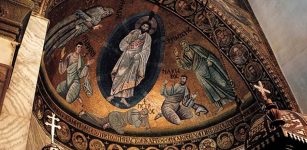 Ancient World’s Second Largest Library Of Codices, Manuscripts Reopened In Sinai
Archaeology | Dec 17, 2017
Ancient World’s Second Largest Library Of Codices, Manuscripts Reopened In Sinai
Archaeology | Dec 17, 2017 -
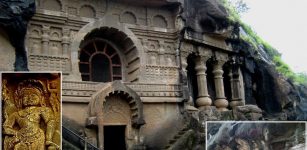 Pandavleni Buddhist Caves: Sculptures, Inscriptions And Sophisticated Water Management System
Civilizations | Dec 8, 2016
Pandavleni Buddhist Caves: Sculptures, Inscriptions And Sophisticated Water Management System
Civilizations | Dec 8, 2016

